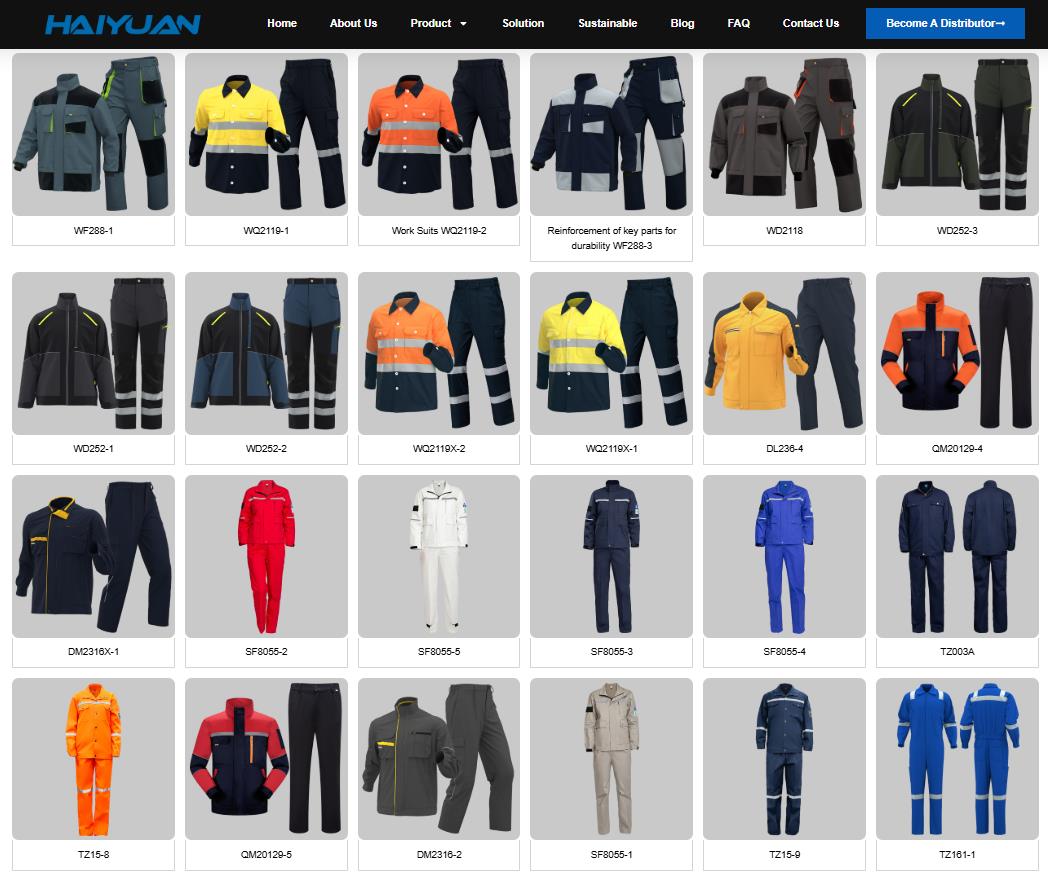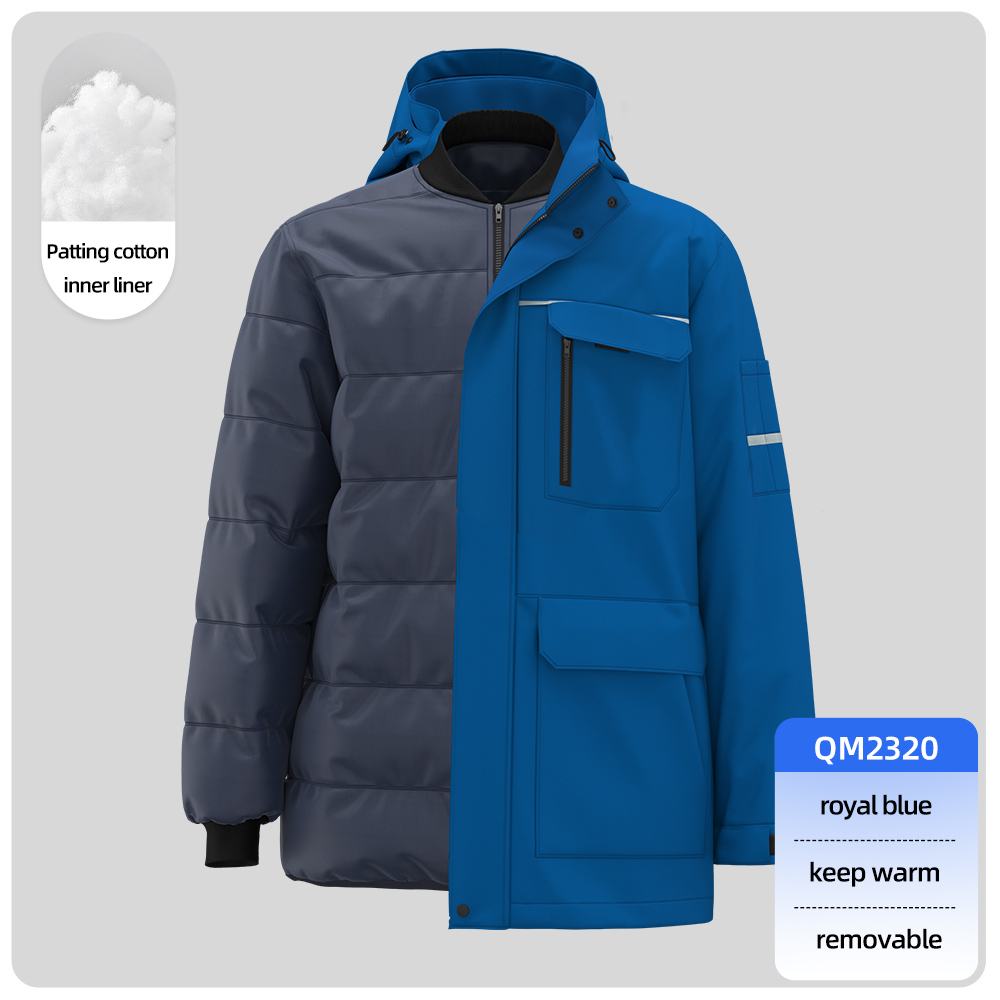Japanese workwear is renowned for its unique blend of traditional design, exceptional functionality, and superior craftsmanship.
There isn’t a single overarching term, but the names depend heavily on the specific profession and era. The most iconic styles come from two main sources: historical artisan clothing and modern industrial uniforms.
1. Traditional & Artisan Workwear (Most Iconic)
These are the styles that have gained global popularity for their aesthetic and durability.
Samue (作務衣)
-
Meaning: “Samu” means work, “e” means garment.
-
Who Wears It: Originally worn by Buddhist monks for manual labor (cooking, cleaning, gardening) so as not to soil their ceremonial robes. It has become the standard uniform for farmers, gardeners, potters, carpenters, and other artisans.
-
Key Features:
-
A matching set of a jacket and trousers.
-
Jacket typically has a wrap-front design secured with ties or buttons.
-
Made from durable, natural fabrics like cotton or hemp.
-
Loose, comfortable fit allowing for a full range of motion.
-
Modern versions often feature multiple pockets for tools.
-
Tobi / Tobifuku (鳶服)
-
Meaning: “Tobi” refers to the falcon, a bird known for its fearless high-altitude diving, metaphorically linking to the work of construction crews.
-
Who Wears It: Japanese construction workers, particularly carpenters and scaffolders.
-
Key Features: Known for being incredibly durable and highly functional.
-
“Sashiko” Stitching: The most defining feature. This is a traditional quilting technique using a running stitch to create beautiful, geometric patterns. This isn’t just decorative; it reinforces the fabric (often heavy cotton or hemp), making it highly resistant to tears and abrasions.
-
Hanten (半天): A short, padded work jacket.
-
Fundoshi (褌) or Momohiki (ももひき): Traditional loincloth or tight-fitting work pants, often worn underneath.
-
Jinbei (甚平)
-
Meaning: A casual, lightweight garment.
-
Who Wears It: Historically for summer labor or as loungewear. Now it’s primarily worn as comfortable home or festival wear.
-
Key Features:
-
A set of a sleeveless or short-sleeved jacket and shorts.
-
Made from lightweight cotton, often with summer-friendly patterns.
-
While not “workwear” in the modern industrial sense, it shares the same design philosophy of comfort and practicality for its intended context.
-
2. Modern & Corporate Workwear
Recaito Fuku (レカート服) / Uniform
-
Meaning: “Recaito” is the Japanese pronunciation of “recruit.”
-
Who Wears It: This refers to the standard “salaryman” uniform.
-
Key Features:
-
For men: A conservative, dark (navy or black) suit, white shirt, and tie.
-
For women: A navy blazer and skirt set, often with a company pin.
-
It represents conformity, professionalism, and company identity.
-
Service Industry Uniforms
-
Who Wears It: Retail staff, restaurant workers, taxi drivers, etc.
-
Key Features: Often very neat and standardized. For example:
-
Convenience Store (Konbini) Staff: Polo shirts or branded shirts with visors.
-
Taxi Drivers: Formal suits with white gloves and caps.
-
Key Takeaways & Global Influence
-
Function and Aesthetics: Japanese workwear is never purely functional; there is always a deep consideration for aesthetics, tradition, and craftsmanship. The Sashiko stitching on Tobi wear is the perfect example—it’s beautiful, but it serves a critical purpose.
-
Durability and Repair: The concept of “Mottainai” (a sense of regret concerning waste) is ingrained. Workwear is built to last and often repaired, which adds to its character and lifespan.
-
Global Impact: Brands like Kapital, Visvim, and Engineered Garments have taken these traditional Japanese workwear designs, fabrics, and techniques and reinterpreted them into high-end fashion, spreading their popularity worldwide.
In summary, if you’re referring to the durable, functional, and stylish clothing of artisans and laborers, the terms you’re looking for are Samue and Tobifuku.





